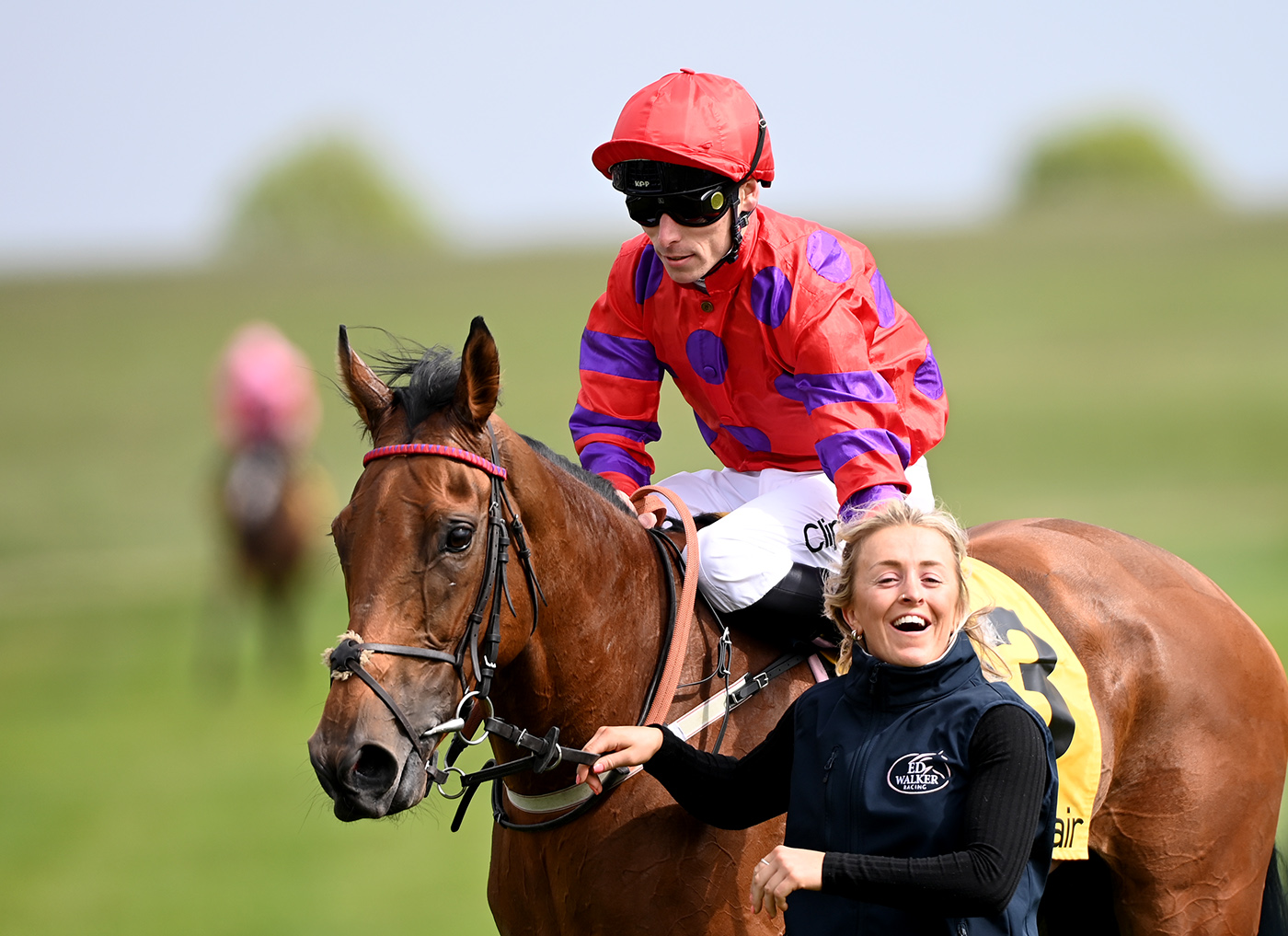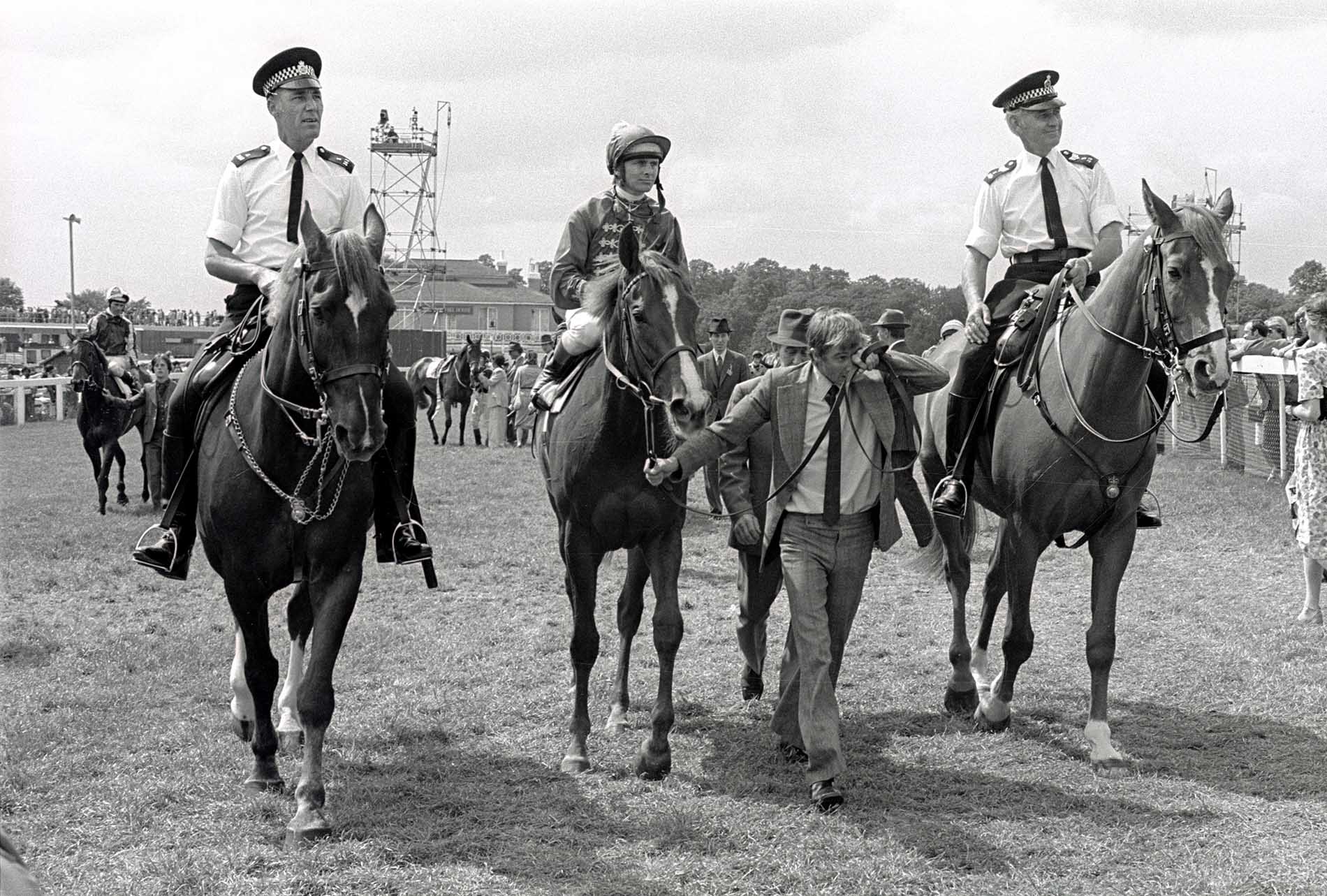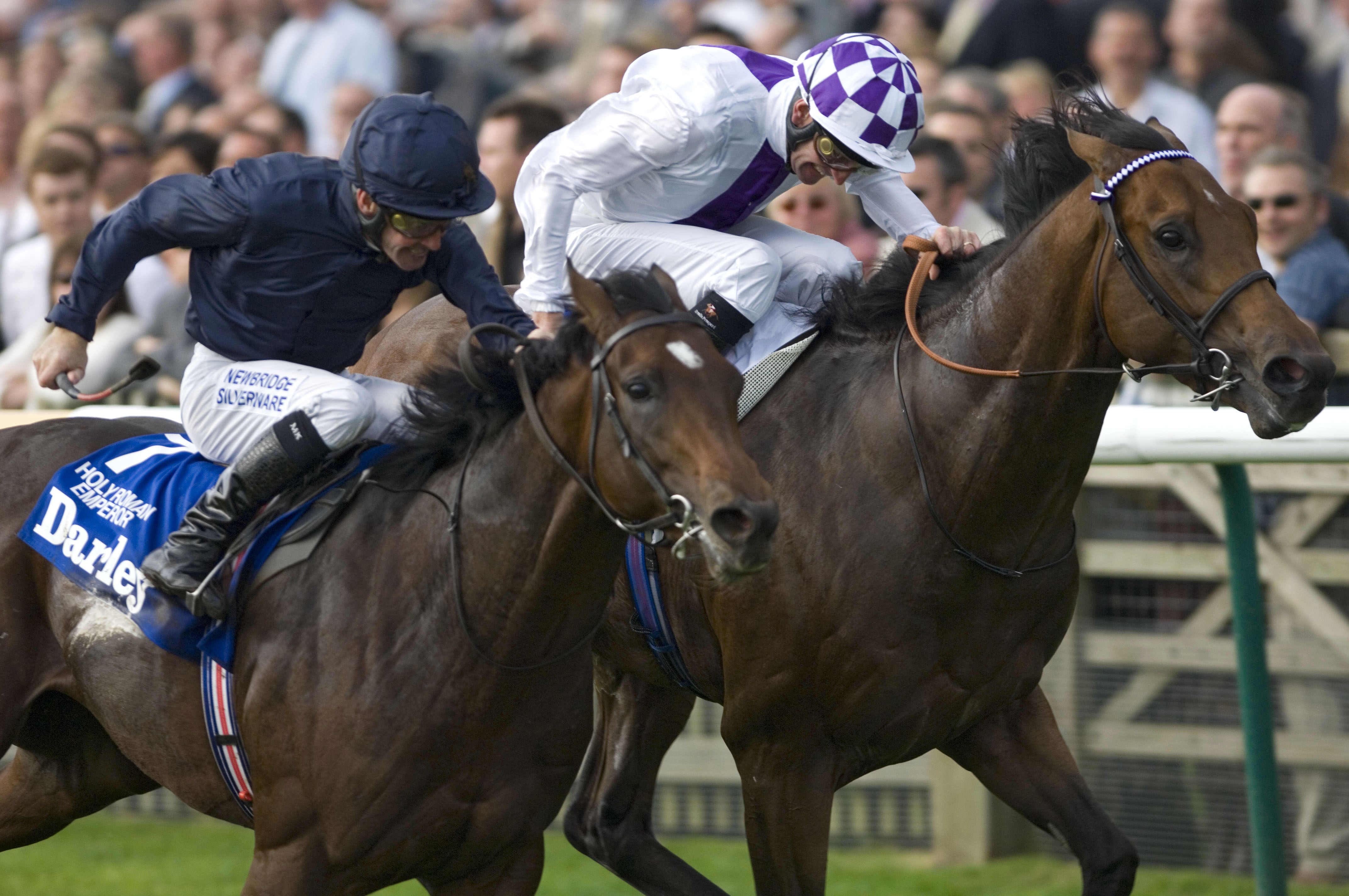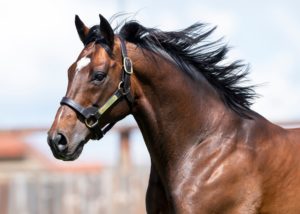Dick Hollingsworth was an old school of owner-breeder who aspired to win an Oaks or a Derby and took great enjoyment out of the development of stayers.
At his Arches Hall Stud in Hertfordshire, inherited upon his father’s death in 1953, Hollingsworth bred numerous good winners, many of them members of the Felsetta family with which his crimson and silver silks became so well associated. They were not flashy two-year-olds but were sound, genuine horses who could be relied upon to improve with age and distance. In short, they were the perfect type of animal to come under the handling of George Colling, who saddled Hollingsworth’s Park Hill Stakes winners Ark Royal, Kyak and Cutter, and then Major Dick Hern, trainer of the owner’s sole Classic winner Bireme as well as his excellent stayer Longboat.
With that in mind, it’s likely that Hollingsworth would have taken plenty of satisfaction from the development of Dreamloper, the latest high-flyer to descend from Felsetta who became the 15th Group or Grade 1 winner for Ballylinch Stud’s Lope De Vega in Sunday’s Prix d’Ispahan at Longchamp. The five-year-old mare was still plying her trade in handicaps this time last year but this free-runner has looked to become more tractable under Kieran Shoemark in recent months and having come out on top in a tight finish to the Dahlia Stakes at Newmarket earlier this month, took her form to another level on Sunday, quickening clear at the top of the Longchamp straight to secure a clear advantage and ultimately win by two lengths.

Dreamloper: pictured after winning the Dahlia Stakes, the Lope De Vega mare is the latest high-flying descendant of Dick Hollingsworth’s Oaks heroine Bireme. Photo – Bill Selwyn
Dreamloper was bred by Olivia Hoare out of the Teofilo mare Livia’s Dream, winner of the Listed Wild Flower Stakes on Kempton’s all-weather. Her fifth dam is 1980 Oaks heroine Bireme, and therefore she descends directly from Felsetta, a daughter of Felstead foaled in 1933.
Felsetta’s Nearco daughter, the 1941-foaled Felucca, gifted Hollingsworth three Park Hill Stakes winners in Ark Royal (by Straight Deal), Kyak (by Big Game) and Cutter (by Donatello), successful in 1955, 1956 and 1958. Each were by different sires but the end result was similar; fine, staying fillies who would become assets for Arches Hall at stud.
Ark Royal won all but one of her seven races for Colling in 1955, among them the Ribblesdale Stakes and Yorkshire Oaks alongside the Park Hill. The only time she was beaten was by the Fillies Triple Crown heroine Meld in the Oaks, and she was to become a wonderful producer as the dam of 1964 Coronation Stakes winner Ocean, Sussex Stakes runner-up Eagle and the Jockey Club Cup, Voltigeur and Dante Stakes winner Hermes.
Like many of her family, Bireme improved as time went on, winning the Musidora Stakes on her reappearance at three before following up in the Oaks
Cutter, whose five victories also included the Yorkshire Cup and John Porter Stakes, was to also leave a major mark at stud, notably as the dam of Jockey Club Stakes winner Torpid, Craven Stakes winner Admirals Launch and the high-class Pirogue, subsequently dam of Hollingsworth’s Ascot Gold Cup winner Longboat and ancestress of Juddmonte’s Irish Oaks heroine Bolas.
As for Kyak, she threw the 1967 King Edward VII Stakes winner Mariner and today exerts most influence via her daughter Ripeck, produced in 1959 when using her sire Ribot involved a likely arduous trip to Italy. Useful enough to run fourth in the Lingfield Oaks Trial, Ripeck threw smart miler Kedge in her first year at stud, Nell Gwyn Stakes winner Anchor in her second, the Duke Of York and Jersey Stakes winner Fluke in her third and the top-class middle-distance colt Buoy, who lowered the colours of Dahlia in the 1974 Coronation Cup, in her fourth. Bireme, from the first crop of Grundy, was foaled in 1977. Like many of her family, she improved as time went on, winning the Musidora Stakes on her reappearance at three before following up in the Oaks, won well – as noted by Timeform – in the style of a stayer. Bireme would have been a strong fancy to follow up in the St Leger but injuries sustained while loose on a road shortly after Epsom necessitated her retirement after just four starts.

Bireme and Willie Carson are led in after winning the Oaks. Photo – George Selwyn
Bireme wasn’t as effective at stud as some of her immediate relations. However, due primarily to the Rainbow Quest filly Yawl, her line remains relevant; indeed it has forged quite the association with the Oaks.
Trained by Barry Hills, Yawl was the best runner out of Bireme by her virtue of her win in the 1992 Rockfel Stakes, and was highly regarded enough to line up as the 4/1 favourite in the 1993 Oaks, in which she was never sighted behind Intrepidity. At stud, she bred three Listed-placed fillies in Genoa (by Zafonic), Clipper (by Salse) and Prowess (by Peintre Celebre), the last foaled in 2003, two years following the death of Hollingsworth at the age of 82. Under the ownership of his nephew Mark Dixon, Prowess took her chance in the 2006 Oaks and although well beaten, was back in the Oaks spotlight seven years later as the dam of the 2013 winner Talent, bred and owned in partnership by Dixon with James Rowsell of Ashbrittle Stud. Talent has since foaled the Prix Corrida winner and Prix Jean Romanet runner-up Ambition, so the line continues to thrive.
Dreamloper belongs to the line descending from Genoa. She was smart enough to run second in a Listed Oaks trial at Newbury and went on to produce seven winners, ranging from Brindisi, a daughter of Dr Fong who won the 2004 Listed Dick Hern Fillies’ Stakes at Bath, to the high-class jumper Torpichen. Another stakes-performing daughter, the Listed-placed La Spezia, is dam of Doncaster Cup winner Thomas Hobson.
One striking trend of the current season has been the success of Teofilo mares
Brindisi was sent in 2008 to Teofilo, then in his first season at Kildangan Stud. The outcome, Livia’s Dream, was sold for 45,000gns – not much more than Teofilo’s covering fee – as a Tattersalls October Book 1 to Olivia Hoare and sent to Ed Walker. As had been the case for decades with this family, patience was to prove crucial, with Livia’s Dream progressing from a 68-rated three-year-old to Listed winner at five.
Dreamloper is her second foal and follows five-time winner Dreamweaver. The mare also has a two-year-old Fastnet Rock filly named Dreamrocker and a yearling filly by Golden Horn.
One striking trend of the current season has been the success of Teofilo mares, for which Dreamloper provides further proof. The damsire of 25 stakes winners in total, daughters of the Darley stalwart had already produced the likes of Mac Swiney (by New Approach and therefore inbred to Galileo), Group 3-winning two-year-old Flying Visit (by Pride Of Dubai) and Munster Oaks heroine Thunder Kiss (by Night Of Thunder and another inbred to Galileo) prior to this year.
However, matters have stepped up appreciably this season thanks to no fewer than eight stakes winners, among them the Newmarket Guineas scorers Coroebus and Cachet and last week’s National Stakes winner Maria Branwell in addition to Dreamloper. While Coroebus is bred in the purple as a son of Group 3 winner First Victory, herself a half-sister to Dubai World Cup hero Thunder Snow among five black-type siblings, Cachet is out of a placed mare, Poyle Sophie, who was bought by breeder John Bourke of Hyde Park Stud for just 3,000gns in 2018.
Such is Teofilo’s success in the broodmare sire department so far this season that his prize-money total of close to £1.6 million is currently bettered by only his sire Galileo across Europe.

Teofilo: seen here denying Holy Roman Emperor in the Dewhurst Stakes, Teofilo is now developing into a formidable broodmare sire. Photo – George Selwyn



